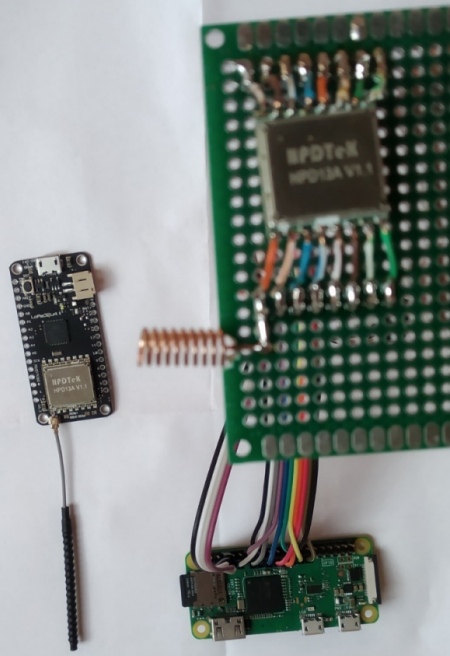Have you seen my recent PR regarding TTN? https://github.com/letscontrolit/ESPEasy/pull/2546
Of this PR, especially have a look at the JavaScript decoder functions which will be executed on the TTN server. In short, i have added very basic support for all plugins to send out the standard 1 .. 4 float values, but will add more support for plugins to output more values in a compact format specific for that plugin. See the raw encoder functions for Sysinfo and GPS:
I am not sure if you can run JS code on the Pi, but if so we can maintain the same decoder files for both platforms. If for some reason a plugin will later support more variables, it can be filtered on packet length or we may add a version byte to its stream. Currently the raw stream does start with the plugin_id, which is a very easy filter for decoding it.
For LoRa, as well as LoRaWAN, there are limits on how long your air time can be. So you want to make sure the data stream is as short as possible and also unambiguous when decoding it. That last part may be a bit difficult for some plugins where the user may select what value to output. So that's why I came up with this RAW packed format.
I was planning to also add support for these kind of raw packed streams into the ESPeasy p2p network, so we can use it also among nodes, regardless of their network or platform.
See also the (incomplete) documentation for this.

I am currently testing a new node-to-node communication form, LORA direct. (no WAN)
@TD-er I am suggesting the following data structures:
I've written a test-sketch for my BsFrance LoRa32u4 module based on the old ArduinoEasy code which i will publish soon. (this device has 2k ram + 32k flash)
The RPI is able to receive packages without problem, Duty cycle is handled at the sender side, in this case by the LoRa32u4, the RPI is a bridge-like device in the setup.
Referenced to: https://github.com/enesbcs/rpieasy/issues/75